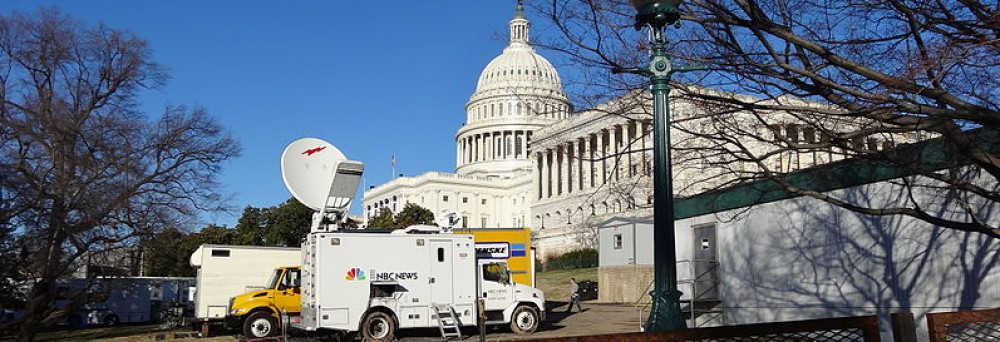By KATHERINE CERAVOLO
Everyone knows life existed a long time ago, but little did anyone know millions of people lived under a jungle. In what is now Central America, an ancient megalopolis has been uncovered.
With man-made products such as elevated highways and palaces in a complex world, Light Detection and Ranging (LiDAR) technology provides images of the hidden world by digitally editing the forest canopy to discover ancient ruins never before seen with the human eye.
Existing more than 1,200 years ago, research has shown that sophisticated architecture, including urban centers and irrigation systems, is comparable to the ancient civilizations of Greece and China. The highlight of the discovery is that until now researchers have believed that such civilization is impossible in the tropics.
The structures such as forts and defensive walls prove that the society was prepared for war and way more populated than previously thought. Extensive streets and roads were used for high traffic and trade in this densely populated area. With a suspected five million people living in the Mayan civilization, it is now proven that number is between 10 to 15 million.
This is the start to a whole new beginning to not only discover what life was like all those years ago but also may play a role in Guatemala’s environmental situation. Degradation has caused a loss of 10 percent of forests each year from burning the land in order to make room for human colonization. Researchers hope this will bring a revelation to those causing this loss to preserve the history that once existed under the Guatemala jungles.
The PACUNAM Foundation, a Guatemalan nonprofit organization that focuses on heritage preservation and ancient civilization, is a partner in this project. With more data to be analyzed, the project will answer questions as to how the Mayan civilization created and lived in these lowlands.
